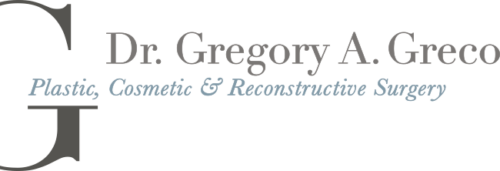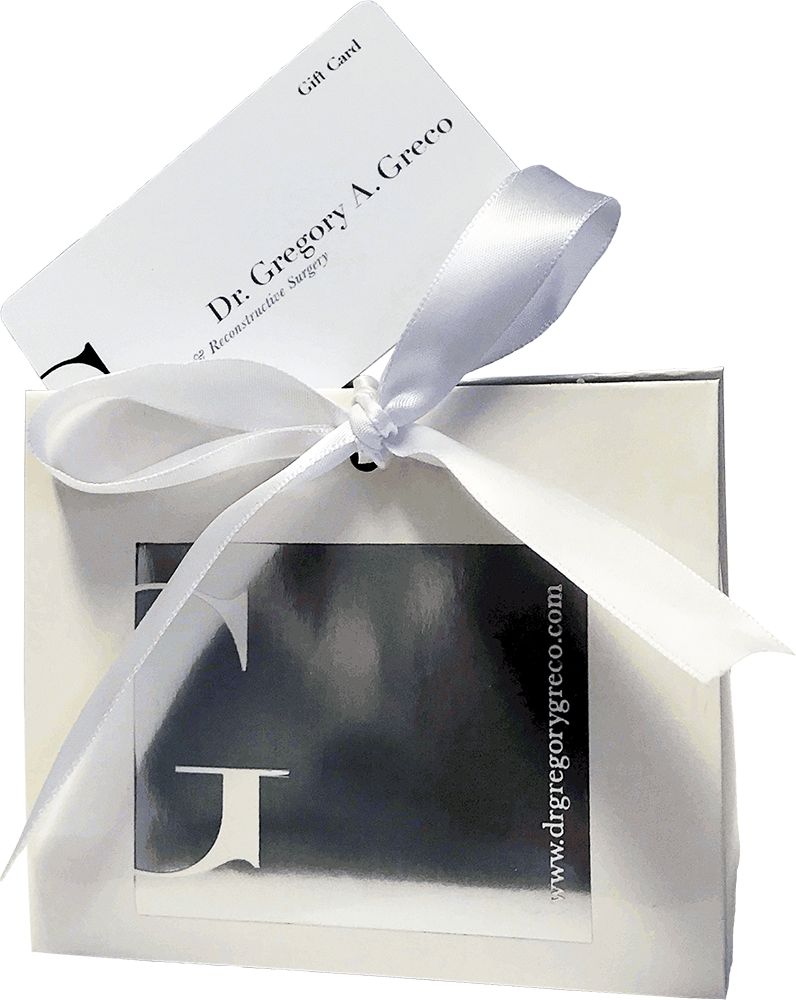Eyelid Surgery (Blepharoplasty)
Correct drooping upper eyelids and puffy bags below the eyes by removing excess fat, skin, and muscle. Upper-eyelid surgery may be covered by insurance if used to correct visual field defects.
ANESTHESIA Usually locally with sedation or general.
IN/OUTPATIENT Usually outpatient.
RECOVERY Reading: 2 or 3 days. Back to work: 7 to 10 days. Contact lenses: two weeks or more. Strenuous activities, alcohol: about 3 weeks. Bruising and swelling gone: several weeks.
DURATION OF RESULTS Several years. Sometimes permanent.
Side Effects & Risks
RISKS Temporary blurred or double vision. Infection, bleeding. Swelling at the corners of the eyelids. Dry eyes. Formation of whiteheads. Slight asymmetry in healing or scarring. Difficulty in closing eyes completely (rarely permanent). Pulling down of the lower lids (may require further surgery). Blindness (extremely rare).
Facelift (Rhytidectomy)
Improving sagging facial skin, jowls, and loose neck skin by removing excess fat, tightening muscles, redraping skin. Most often done on men and women over 40.
ANESTHESIA Local with sedation, or general.
IN/OUTPATIENT Usually outpatient. Some patients may require short inpatient stay.
RECOVERY Back to work: 10 to 14 days. More strenuous activity: 2 weeks or more. Bruising: 2 to 3 weeks. Must limit exposure to sun for several months.
DURATION OF RESULTS Usually 5 to 10 years.
Side Effects & Risks
RISKS Injury to the nerves that control facial muscles or feeling (usually temporary but may be permanent). Infection, bleeding. Poor healing; excessive scarring. Asymmetry or change in hairline.
Facial Implants
Change the basic shape and balance of the face using carefully shaped implants to build up a receding chin, add prominence to cheekbones, or reshape the jawline.
ANESTHESIA Local with sedation, or general.
IN/OUTPATIENT Usually outpatient. Occasionally overnight hospital stay.
RECOVERY Back to work: about 1 week. Normal appearance: 2 to 4 weeks. Activity that could jar or bump face: 6 weeks or more.
DURATION OF RESULTS Permanent.
Side Effects & Risks
RISKS Shifting or imprecise positioning of implant, or infection around it, requiring a second operation or removal. Excess tightening and hardening of scar tissue around an artificial implant (“capsular contracture”), causing unnatural shape.
Forehead Lift (Browlift)
Minimize forehead creases, drooping eyebrows, hooding over eyes, furrowed forehead, and frown lines by removing excess tissue, altering muscles, and tightening the forehead skin. May be done using the traditional technique, with an incision across the top of the head just behind the hairline; or with the use of an endoscope, which requires 3 to 5 short incisions. Most often done on people over 40.
ANESTHESIA Local with sedation, or general.
IN/OUTPATIENT Usually outpatient.
RECOVERY Back to work: 7 to 10 days, usually sooner for endoscopic forehead lift. More strenuous activity: several weeks. Full recovery from bruising: 2 to 3 weeks. Limit sun exposure for several months after the procedure.
DURATION OF RESULTS Usually 5 to 10 years.
Side Effects & Risks
RISKS Injury to facial nerve, causing loss of motion, muscle weakness, or asymmetrical look. Infection. Broad or excessive scarring.
Nose Surgery (Rhinoplasty)
Reshape nose by reducing or increasing size, removing hump, changing shape of tip or bridge, narrowing span of nostrils, or changing angle between nose and upper lip. May also relieve some breathing problems. (May be covered by insurance.)
ANESTHESIA Local with sedation, or general.
IN/OUTPATIENT Usually outpatient.
RECOVERY Back to work: 1 to 2 weeks. More strenuous activities: 2 to 3 weeks. Avoid hitting nose or sunburn: 8 weeks. Final appearance: 1 year or more.
DURATION OF RESULTS Permanent.
Side Effects & Risks
RISKS Infection. Small burst blood vessels resulting in tiny, permanent red spots. Incomplete improvement, requiring additional surgery.
Ear Surgery (Otoplasty)
Set prominent ears back closer to the head or reduce the size of large ears. Most often done on children between the ages of 4 and 14 years. Occasionally covered by insurance.
ANESTHESIA Young children: usually general. Older children or adults: general or local, with sedation.
IN/OUTPATIENT Usually outpatient.
RECOVERY Back to work or school: 5 to 7 days. Strenuous activity, contact sports: 1 to 2 months.
DURATION OF RESULTS Usually permanent.
Side Effects & Risks
RISKS Infection of cartilage. Excessive scarring. Blood clot that may need to be drained. Mismatched or artificial- looking ears. Recurrence of the protrusion, requiring repeat surgery.


